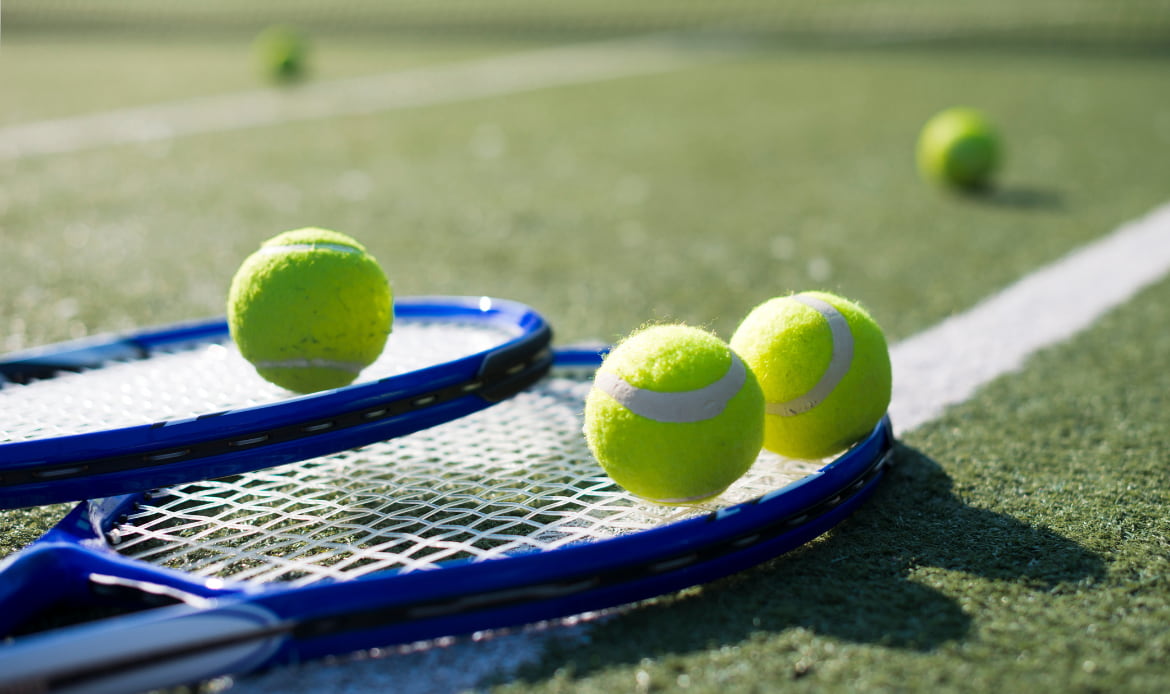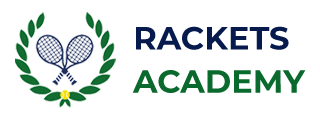Choosing the Right Tennis Academy in the UAE

The United Arab Emirates’ population has grown, and along with it, so has tennis. Abundance is wonderful, but it also raises a tricky question: how do you separate the glossy marketing from the programme that will actually help you or your child flourish?
This article walks you through the factors that matter most, and how to spot the difference between a quality tennis academy in the UAE and a cowboy coach.
1. Define Your Tennis Goals
Rather than judging academies by the Instagram sparkle of their courts or glowing client testimonials, start with a simpler question: What do I want from tennis right now? If you’re after a weekly workout that doubles as social time, your checklist will differ from that of a ten-year-old who needs structured drills and match play, or a teenager chasing ranking points for college scholarships. Pinning down whether your priority is fitness, skill-building, serious competition, or a professional trajectory will instantly weed out academies that aren’t a good fit.
Most academies organise their offerings around four clear profiles: recreational players who are just learning the fundamentals, or performance players—typically teenagers—chasing ranking points, which may include fitness testing and overseas tournaments. Figure out which profile fits you (or your child), and the list of suitable academies shrinks to a manageable few.
A strong academy has a clear pathway of advancement, where each level builds on the last. For younger children, this typically means a red-orange-green progression using softer balls and smaller courts, with an emphasis on coordination and fun. As players grow, sessions expand to full-court drills, match play, and eventually high-performance squads built around national or international events.
Before you visit, you should see a visible pathway on their website with clear examples of each stage. A head coach should be able to articulate how a six-year-old advances to under-12 tournaments. If every newcomer, regardless of skill, is thrown into the same mixed drill, progress will be haphazard at best.
2. Consider Convenience and Climate
Anyone who has driven across Dubai at rush hour knows the city’s greatest luxury is time. A top-tier coach won’t help a player who arrives frazzled after a 45-minute commute. Choose courts that fit naturally into the weekly rhythm of school runs or office hours. Ideally, the venue is no farther than 15 or 20 minutes from home—because regular attendance trumps occasional brilliance.
The UAE’s climate adds another layer of logistics: temperatures regularly top forty degrees between June and September. Look for venues with shaded courts, nighttime slots, or—best of all—indoor courts. Programs that include indoor tennis in Dubai can make all the difference for year-round play and comfort. An academy that pauses sessions for four months of the year will struggle to maintain momentum, whereas one that offers summer-proof facilities can keep technique sharp and confidence high.
3. Verify Coaching Quality
Facilities lure people in, but coaches keep them coming back. Credentials are the baseline: ITF, PTR, or LTA certifications prove a coach has mastered core pedagogy; first-aid and child-safeguarding licences are non-negotiable for anyone teaching juniors. A reputable tennis program in Dubai will also have police background reports from both local and home-country authorities.
Pay attention during your trial lesson. Does the coach explain concepts in a way the player understands? Are corrections specific and encouraging rather than generic? The best instructors combine technical know-how with strong communication skills, balancing intensity and enjoyment so players leave the court motivated to return.
4. Inspect Systems and Safety
Online booking platforms save parents from phone-tag and ensure courts are actually available when you arrive. Integrated dashboards can store attendance records, coach notes, and even progress graphs, giving objective insight into development.
Safety and compliance deserve equal scrutiny. Top academies carry public liability insurance and display their municipal sports licences proudly. These safeguards indicate long-term professionalism rather than a pop-up operation chasing the latest craze.
5. Evaluate the Competitive Pathway
Even recreational players often develop a competitive itch after a few months. Ask how the academy handles match experience. Do they run relaxed in-house leagues or organise weekend tournaments? Are there partnerships with UTR, ATF, or national federations for players seeking ranking points? And when juniors travel to tournaments, does the academy arrange coaching support on-site or leave families to fend for themselves?
Consistent, well-structured competition accelerates improvement by giving purpose to practice sessions. An academy that seamlessly balances training and tournaments is more likely to nurture confident, resilient athletes.
6. Observe Community and Culture
Technique and trophies matter, yet culture often dictates commitment. Walk the sidelines and notice the atmosphere. Do coaches know players’ names beyond the star pupils? Many UAE tennis academies schedule coffee mornings, ladies’ leagues, or mixed doubles socials that weave tennis into a broader community, making attendance something to look forward to rather than a chore.
Community outreach is another strong indicator. Programmes that donate equipment to under-resourced schools or run weekly sessions for players of determination tend to cultivate empathy and pride—traits that spill back onto the court.
7. Take a Test Drive
Most reputable academies encourage prospective students to do an assessment. Notice coach-to-player ratios, lesson structure, and the balance between drilling and play. Afterwards, request feedback outlining strengths, areas to develop, and the recommended group. Transparent guidance now will save frustration later.
You could even start with a program that offers an indoor tennis camp for kids. The UAE’s climate adds complexity, with temperatures often soaring above forty degrees between June and September. Indoor camps for both children and adults alike are a great way to try out the tennis facility of your choice without a long-term commitment.
8. Consider the Cost and Your Budget
Tennis tuition in the UAE can start at AED 125 for a group session. When comparing costs, look beyond the headline price. Clarify make-up policies for missed lessons and inquire about sibling or multi-programme discounts if the whole family plays. Ultimately, value should be measured not as dirhams per hour but as progress per hour.
Rackets Academy: The Gulf’s Benchmark for Tennis Excellence
If your checklist includes certified coaches, a clear pathway, heat-proof venues, and a proven pipeline from foam-ball rallies to international tournaments, Rackets Academy offers a useful benchmark. With 18 Dubai locations, ITF/PTR-accredited staff, a proprietary booking-and-performance app, a full time academic program, and partnerships ranging from IMG to UTR’s Professional Tennis Tour, it shows what “best practice” looks like in the Gulf. Weekly programmes cater to 2,200 active players, while elite squads share courts with visiting stars and host UTR pro events streamed on Prime Video.
To learn more about Rackets Academy or to arrange a tour of one of our facilities, please contact a member of our team at info@racketsacademy.ae or call +971 4 123 4567. We look forward to welcoming you on court!

